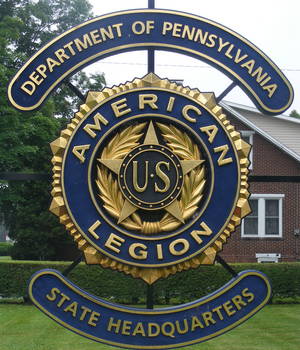MENUMENU
- Home
- About
- Membership
Membership Links
District Standings
Legion Family Standings
- Department
- Events
- Programs
Students & Youth
Community
Emblem Sales & Veteran Support
- Service Officers
- Blog

The Department of Pennsylvania was founded on June 12, 1919, when the temporary National Headquarters in New York granted it a charter. The Department’s immediate origins go back to the historic meetings in Paris, where the launch of the National organization began. In 1919 National Commander D’Olier congratulated the Department Officers by noting “that in no other state in the union has there been put over a more substantial job than in the state of Pennsylvania.”
